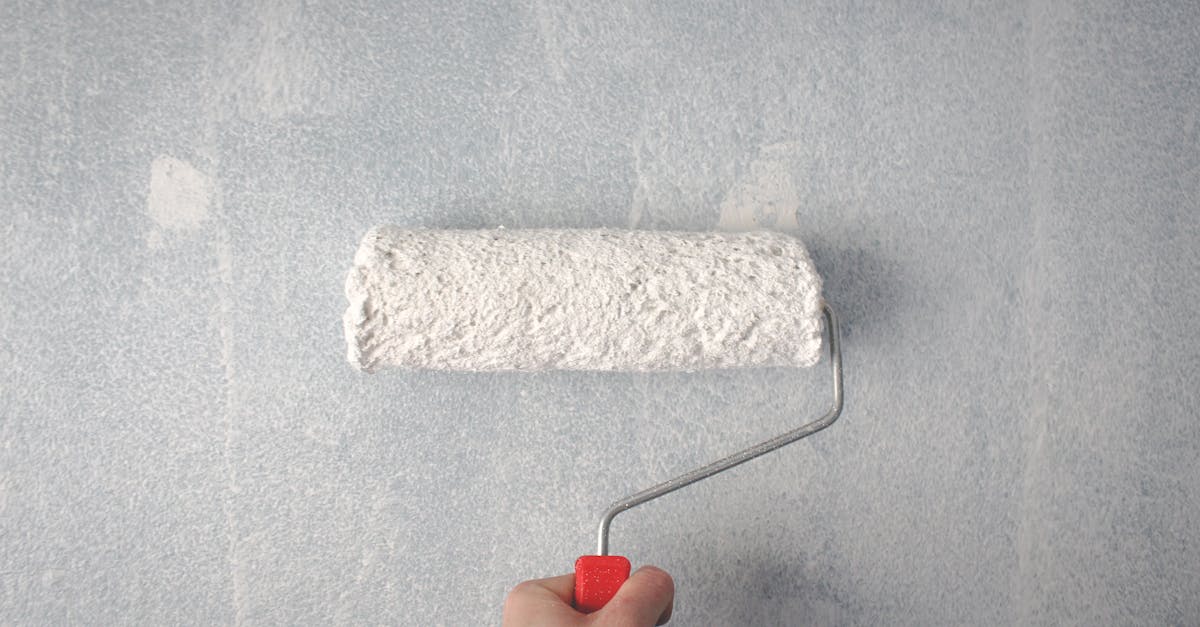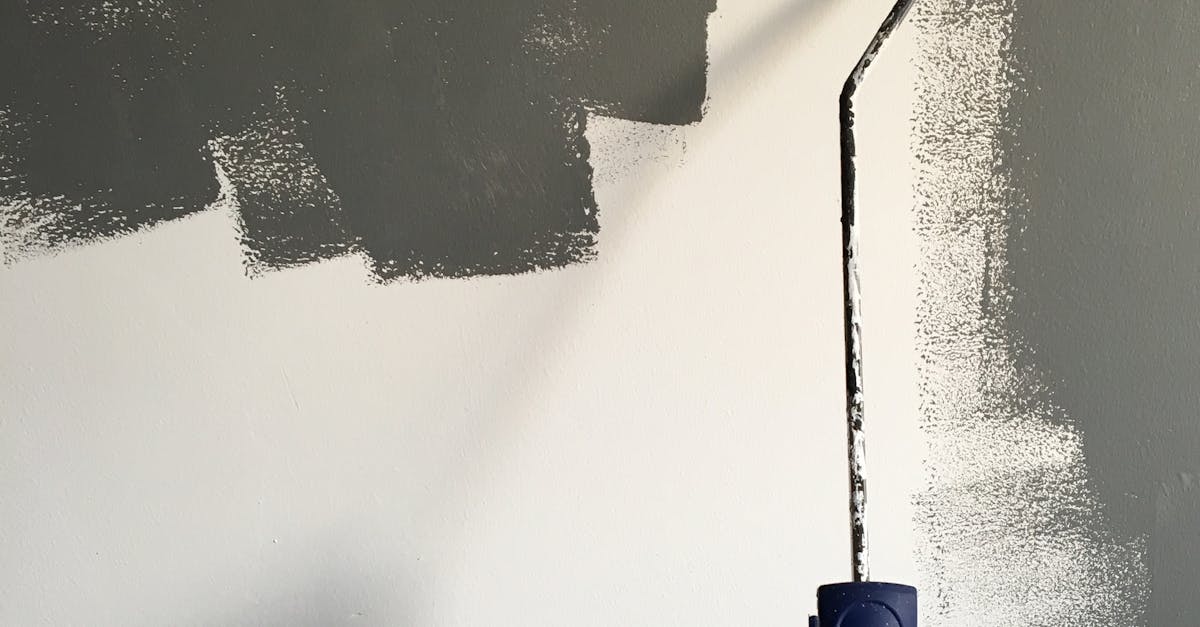
Slough Painters and Decorators offers top-notch pressure washing services to ensure your property looks clean and presentable. Our skilled team uses high-pressure water to remove dirt, grime, and mildew from exterior surfaces such as walls, driveways, patios, and roofs. By utilising professional-grade equipment and techniques, we are able to restore the appearance of your property efficiently and effectively. Whether you need a one-off clean or regular maintenance, you can count on us to deliver exceptional results that enhance the overall aesthetic appeal of your home or business premises. Trust Slough Painters and Decorators for all your pressure washing needs.
Common Mistakes to Avoid When Pressure Washing
When using a pressure washer, it is crucial to be mindful of the amount of pressure applied. Using excessive pressure can lead to damaging surfaces like delicate brickwork or wooden decking. It is important to start with a lower pressure setting and gradually increase if necessary, always checking the manufacturer’s guidelines to ensure safety and efficiency.
Another common mistake to avoid is using the incorrect cleaning detergents. Some cleaning chemicals can be too harsh and may cause damage to surfaces or harm surrounding vegetation. Always opt for eco-friendly options when possible, as they are not only safer for the environment but also gentler on the surfaces being cleaned. Additionally, choosing the correct detergent for specific tasks, such as removing mould or oil stains, can make a significant difference in the overall results of pressure washing.
Using Excessive Pressure
When pressure washing, one of the most common mistakes to avoid is using excessive pressure. While it may be tempting to crank up the pressure to tackle stubborn stains or dirt buildup, doing so can actually cause more harm than good. High-pressure water jetting can damage surfaces, such as masonry, wood, and even concrete. It can strip away paint, leave behind streaks and marks, or even etch the surface, leading to costly repairs. Using the appropriate pressure level for the task at hand is crucial to achieving effective cleaning results without causing unnecessary damage.
In addition to potential surface damage, using excessive pressure can also pose environmental risks. High pressure can dislodge debris and contaminants that may end up in storm drains or waterways, negatively impacting the local ecosystem. Excessive pressure can also kick up sediment, mud, or residue, spreading them to unwanted areas. By choosing the right pressure level and technique for the specific cleaning task, you can effectively clean surfaces without risking environmental pollution or harm to surrounding areas.
Choosing the Right Cleaning Detergents
When it comes to pressure washing, selecting the right cleaning detergents is crucial for achieving optimal results. The choice of detergents can make a significant difference in the effectiveness of the cleaning process. It is essential to consider the surface being cleaned and the type of grime or dirt that needs to be removed. Different detergents are formulated to tackle specific types of stains, so it is important to choose one that is suitable for the job at hand.
In addition to considering the surface and type of grime, it is also important to evaluate the environmental impact of the cleaning detergents. Opting for eco-friendly options can help minimise harm to the environment while still delivering effective cleaning results. Many companies now offer biodegradable detergents that are safer for aquatic life and the surrounding ecosystem. By choosing environmentally friendly detergents, you can contribute to the preservation of the environment while maintaining the cleanliness of your property.
EcoFriendly Options
One of the key considerations when opting for eco-friendly options in pressure washing is the use of biodegradable and non-toxic cleaning detergents. These detergents are formulated to break down naturally, reducing their impact on the environment while still being effective in cleaning surfaces. By choosing environmentally friendly detergents, you can minimize pollution and harm to aquatic life when the wastewater enters storm drains.
Another eco-friendly option to consider is the use of water reclamation systems. These systems help in recycling and filtering the water used in pressure washing, allowing you to reuse it multiple times before disposal. By reusing the water, you can not only decrease water usage but also reduce the amount of contaminated water entering sewage treatment plants. This practice aids in preventing water pollution and contributes positively to environmental conservation efforts.
The Role of Water Temperature in Pressure Washing
When it comes to pressure washing, the choice of water temperature plays a crucial role in achieving optimal results. Hot water is particularly effective in removing tough stains like oil and grease. The heat helps to break down these substances, making them easier to lift off surfaces. This makes hot water pressure washing a popular choice for cleaning vehicles, garages, and industrial equipment where oil and gas residues are common.
On the other hand, cold water pressure washing is suitable for general cleaning tasks where hot water is not necessary. It is a more energy-efficient option and is ideal for removing dirt, moss, and other surface contaminants. Cold water pressure washing is also a safer choice when working with delicate surfaces like stucco or composite materials, as hot water can cause damage in such cases. By understanding the role of water temperature in pressure washing, you can choose the most appropriate method for your cleaning needs, ensuring efficient and safe results every time.
Hot Water vs. Cold Water
When it comes to pressure washing, one important consideration is whether to use hot water or cold water. Hot water is a more effective choice for removing tough stains, grease, and oil. The heat helps to break down these substances faster, making the cleaning process quicker and more efficient. It is particularly beneficial for cleaning surfaces like driveways, garages, and industrial equipment that may have stubborn deposits that require a little extra force to remove.
On the other hand, cold water pressure washing is suitable for routine cleaning tasks where heat is not necessary. It works well for removing dirt, mould, mildew, and general grime from surfaces like vinyl siding, outdoor furniture, and wooden decks. Cold water pressure washing is also a preferred option for cleaning delicate surfaces that could be damaged by the heat of hot water, such as certain types of paint or soft wood. Ultimately, the choice between hot water and cold water pressure washing depends on the specific cleaning needs of the surface being cleaned and the type of dirt or stains present.
FAQS
What are some common mistakes to avoid when pressure washing?
Some common mistakes to avoid when pressure washing include using excessive pressure, not choosing the right cleaning detergents, and neglecting the role of water temperature.
How can I prevent using excessive pressure when pressure washing?
To prevent using excessive pressure when pressure washing, start with the lowest pressure setting and gradually increase it as needed. Avoid holding the nozzle too close to the surface being cleaned to prevent damage.
How important is choosing the right cleaning detergents for pressure washing?
Choosing the right cleaning detergents is crucial for effective pressure washing. Using the wrong detergents can damage surfaces or result in ineffective cleaning. It is important to select detergents that are specifically formulated for pressure washing.
Are there eco-friendly options available for pressure washing?
Yes, there are eco-friendly options available for pressure washing. These options include using biodegradable detergents and selecting equipment that is energy-efficient to reduce environmental impact.
What is the role of water temperature in pressure washing?
The water temperature plays a significant role in pressure washing. Hot water can help to break down stubborn stains and grease more effectively, while cold water is suitable for general cleaning tasks. Consider the type of surface and the level of dirt when determining the ideal water temperature for pressure washing.




